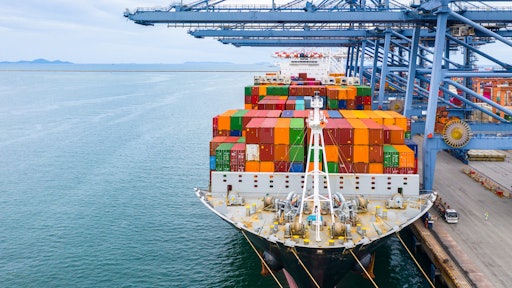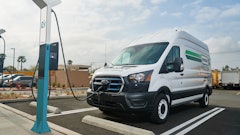
The ports of Long Beach and Los Angeles begin a new program in which ocean carriers are charged per container for taking up space in terminals after a certain number of days; nine days for containers transported by truck and three days for rail. The fee starts at $100 per container but for each day it sits will grow in increments of $100 per container. This goes into effect Nov. 1. San Pedro Bay's decision to implement the surcharge shows just how stressed these ports are, as demand increases and congestion grows.
- Before the pandemic-induced import surge began in mid-2020, on average, containers for local delivery sat on container terminals under four days, while containers destined for trains dwelled less than two days. Those numbers have increased significantly, making it difficult to clear cargo off the terminals and bring in ships at anchor.
- Fees collected from dwelling cargo will be re-invested by the two ports for programs designed to enhance efficiency, accelerate cargo velocity, and address congestion impacts throughout the San Pedro Bay.
- The policy was developed in coordination with the Biden-Harris Supply Chain Disruptions Task Force, U.S. Department of Transportation and multiple supply chain stakeholders.
- The Port of Los Angeles and Port of Long Beach are the two largest container ports in the nation, first and second respectively, and combined are the ninth-largest port complex in the world. Trade that flows through the San Pedro Bay ports complex reaches every Congressional district across the country and generates more than 3 million jobs nationwide.
“With the escalating backlog of ships off the coast, we must take immediate action to prompt the rapid removal of containers from our marine terminals,” said Port of Long Beach executive director Mario Cordero. “The terminals are running out of space, and this will make room for the containers sitting on those ships at anchor.”



























